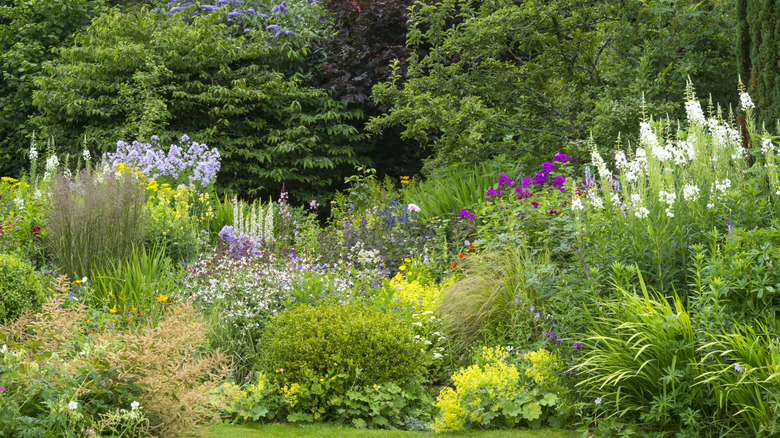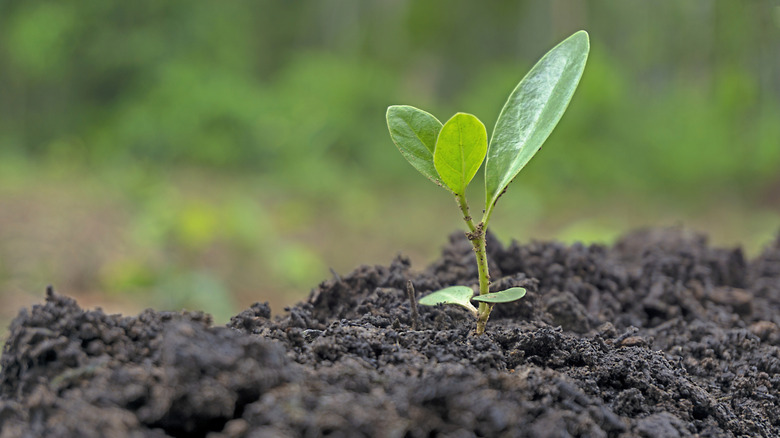What Are Perennial Plants, And How Do They Grow?
If you're new to gardening, there may be quite a few plant terms you're not yet familiar with. Some of the most important terms to learn refer to a plant's natural life span. Plants are generally classified into three different cycles — annual, biennial and perennial. The life cycle for a plant starts with the seed (or other propagative structure), continues with growth, and then culminates with the production of flowers, fruits, and more seeds. Annuals will complete this entire cycle in just one year or season, while biennials take two years to go from a seed to producing the next generation of seeds. After completing this cycle, annuals and biennial plants die. Perennial plants, on the other hand, continue to grow and produce flowers and seeds every year. Most trees and shrubs fall into this category. That's why perennials will never leave your garden once you plant them.
You'll find many species which grow from underground bulbs, corms or rhizomes are regarded as perennials too, even though the foliage might die down at the end of the season. This is because the plant stores energy in the bulb and then uses that to fuel its growth the following year. You may be surprised to learn that some common plants that gardeners often grow as annuals, such as tomatoes, will live as perennials in their native regions, as well as in other areas where the climate is right.
How the perennial life cycle begins
There are a vast number of different perennial plants, and while they differ in many ways, they all follow a similar cycle. At the very basic level, this cycle often starts with a seed. In fact, there are numerous perennial seeds you can sow after a hard frost for a blooming spring garden. You see, when the seed experiences ideal conditions, it will germinate and begin to grow roots and a shoot. The shoot is what appears above the ground and becomes the vegetative growth you're familiar with. But under the ground the root will continue to grow either as a long taproot, lateral roots, or a fibrous root system that spreads through the soil. Some perennials will have a combination of these. The root system is used not only to support and anchor the plant, but also to absorb moisture and nutrients from the soil to feed the top growth.
Often when a perennial plant is just starting its growth, it will put a lot of energy into producing a healthy root system that can sustain the vegetative growth. That's why some perennial species in your garden may not show much upper growth in the first year. Many perennials don't mature until at least their second year or third year. These plants are busy using their energy to grow lots of roots to become well established.
Upper growth and reproduction springs into action in the second or third year
After patiently waiting, you'll likely notice an explosion of growth from your perennial in the second or third year. This will often be accompanied by those gorgeous flowers you've been looking forward to. There might only be a few in the second year, but in the third year you'll likely be delighted with all that floral color. You see, now the plant has matured and entered its reproductive stage. This is where it makes flowers that will eventually turn into fruits or seed pods containing the seeds for new life. After this happens, many perennial plants will undergo a short period of rest or dormancy before growth resumes again.
Plants that produce bulblets or spread via rhizomes will also dedicate a lot of energy into this in the second or third year. The entire cycle of growth, flowering, seeding, and dormancy will continue for the life of the plant which, in some cases, can be for hundreds of years.


